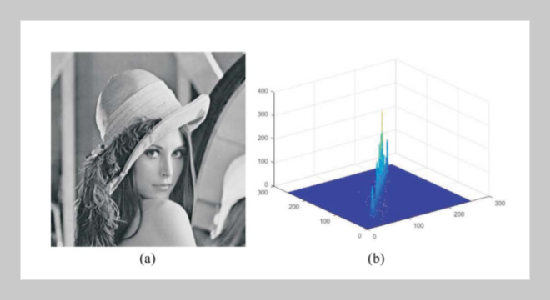Xiao Yang1, Lie-Jun Wang This email address is being protected from spambots. You need JavaScript enabled to view it.2, Ji-Wei Qin3 and Hang Zuo1 1College of Information Science and Engineering, Xinjiang University, Urumqi Xinjiang 830046, P.R. China
2College of Software, Xinjiang University, Urumqi Xinjiang 830046, P.R. China
3Network and Information Technology Center, Xinjiang University, Urumqi Xinjiang 830046, P.R. China
Received:
August 11, 2017
Accepted:
April 9, 2018
Publication Date:
September 1, 2018
Download Citation:
||https://doi.org/10.6180/jase.201809_21(3).0016
Image threshold method is an important technique for image segmentation. The maximum between-class variance of pixel (Otsu) algorithm has been widely applied in the literature. However, the original Otsu method for image segmentation is very time-consuming,and the segmentation results are often unstable for the image with low signal to noise ratio (SNR). In this paper, a fast image segmentation method (D3OTSU-CS), decomposed three-dimensional Otsu based on the technology of the cuckoo search (CS), is proposed. The proposed method starts by overcoming the complex computational by decomposing the original three-dimensional Otsu into a one-dimensional Otsu and a two-dimensional Otsu. The cuckoo search algorithm is employed to find the optimal threshold vector by the global Lévy flight searching, and the between-class variance of the two-dimensional Otsu is investigated as fitness functions. The Experimental results are illustrated to show that the computation time efficiency of the proposed method is increased by about 98.6% than the 3OTSU. In addition, the stability and reliability of the segmentation results by the proposed method outperform 2OTSU and 3OTSU.ABSTRACT
Keywords:
Image Segmentation, Otsu Algorithm, Cuckoo Search, Lévy Flight, Nature-inspired Strategy
REFERENCES
















